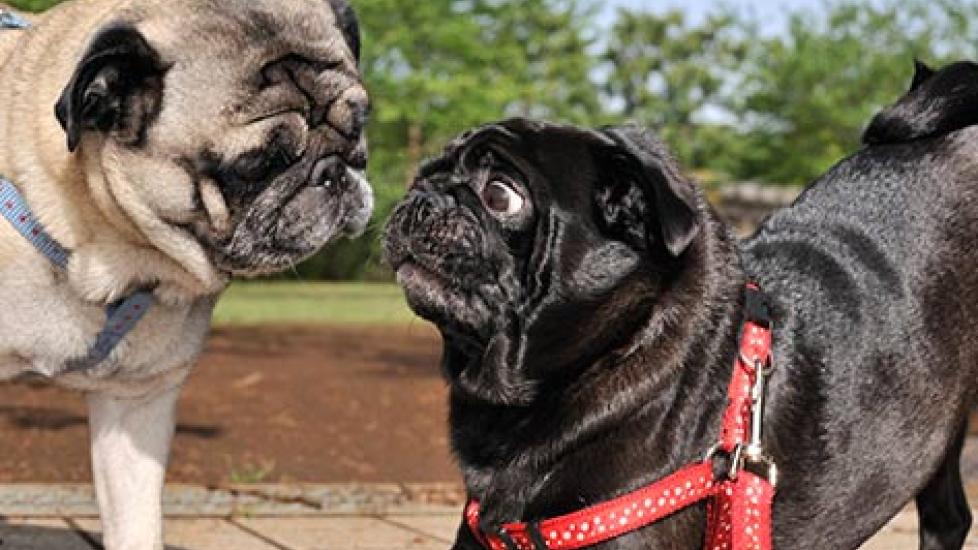Breeding Timing in Dogs
Breeding Timing To Maximize Fertility in Dogs
Breeding timing refers to the purposeful timing of insemination during the estrus period—commonly refrred to as being "in heat"—in order to maximize fertility and the chances of conception. This technique may be utilized to ensure conception in dogs.
The condition or disease described in this medical article can affect both dogs and cats. If you would like to learn more about how this condition affects cats, please visit this page in the PetMD health library.
Symptoms and Types
In order to maximize the odds of conception with properly timed breeding in dogs, it is best to pin-point, as closely as possible, the day of ovulation for the female dog—more commonly referred to as a bitch, which is the correct terminology. Symptoms of estrus-onset in the bitch are evidenced by swelling in the vulva and the appearance of a clear to brownish vaginal discharge. The male animal, or stud, will show interest in the female, and she may exhibit “flagging,” by which she will respond to being stroked at the genital region by elevating the tail to one side. A vaginal exam, however, serves as a better indicator of a fertile period than the aforementioned physical and behavioral signs.
Causes
Breeding timing and related fertility-maximizing techniques may be utilized for a number of reasons. This may be deemed necessary if there is an apparent failure to achieve conception in the female dog.
Diagnosis
The most reliable method of determining the ovulation cycle is via vaginal exam and vaginoscopy in order to examine the vaginal lining and determine if the bitch is in estrus. Hormone levels, such as LH, and progesterone, will be tested to determine when fertility levels are peaking. Additionally, an ultrasound of the ovaries may help verify ovulation.
Treatment
To maximize fertility when breeding dogs, it is necessary to estimate the female's day of ovulation. Because of this, a luteinizing hormone (LH) may be given to female dogs in order to control ovulation and regulate the bitch’s cycle, allowing breeding to be timed accordingly. The period of maximum fertility occurs approximately five to six days after the LH peaks. In this time, multiple breedings may be done by inseminating the bitch up to three times per week after progesterone levels rise. Frozen semen, though less likely to work than fresh chilled semen, may be used to inseminate the bitch – a single insemination five or six days after LH hormones peak is common. It is important to time insemination based on progesterone levels in order to improve chances of conception.
Living and Management
After initial fertility-maximizing measures have been taken, a follow up pregnancy examination can be done to determine the success of the procedure. This can be done via vaginal specimens. The gestation period for dogs lasts approximately 63 days from ovulation.
Prevention
Age related factors may make conception more difficult for older animals.
